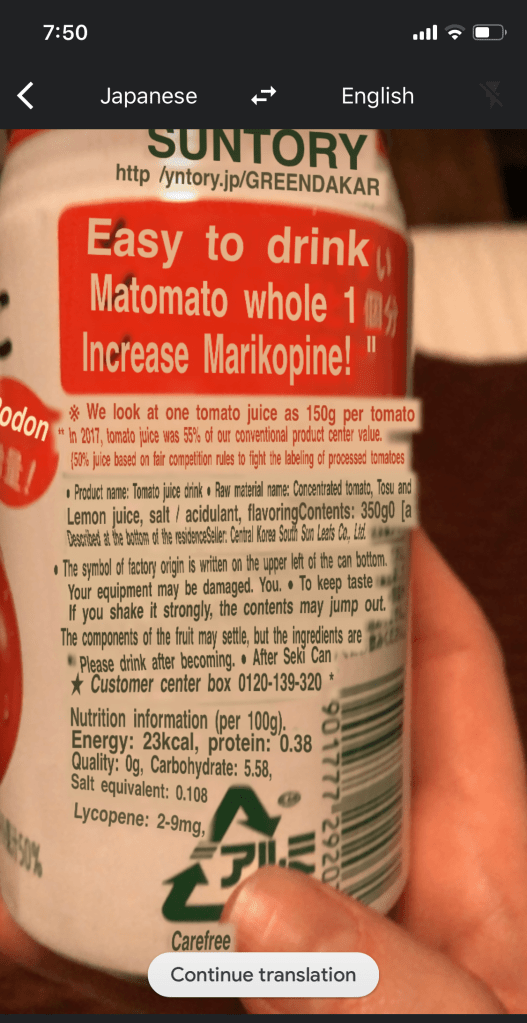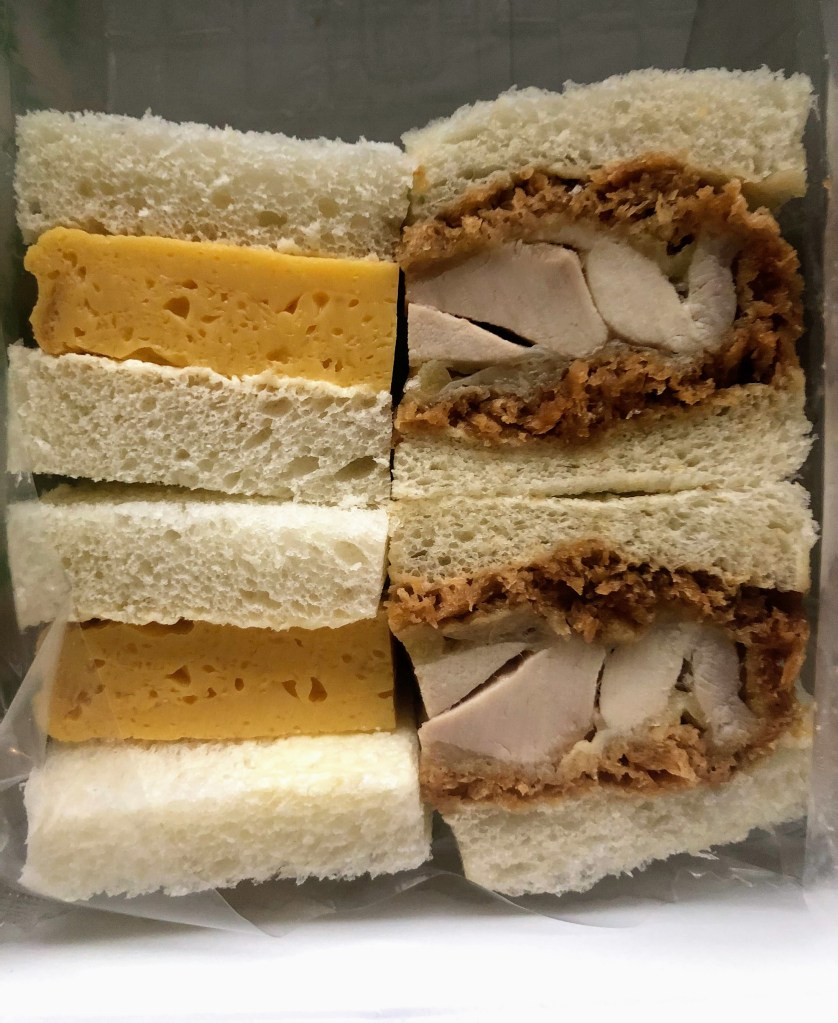I’ve been keeping a public weblog since 2003. That’s so long! Though “keeping” might be an overstatement. Publishing at the rate of 1-3 posts a year, I don’t so much keep a blog as keep the garage open so the blog can find shelter if there’s a particularly bad snowstorm. It’s a free-range blog. With few-to-no traffic-optimizing images.
For the past decade of so, I’ve kept up the old bloggo as a token. Something that says: I am here, I have a website, here are some words on it. I feel some self-annoyance about this. But not enough to make me want to hop on the computer at any regular interval. In my early, salad days on Blogger it was kind of exhilarating to think of all the friends I could make. And did! We had a community! But after almost 20 years living in overcrowded megalopolises, what is more exciting now is all the friends I don’t have to make. How discerning I can be. No offense, humanity. I love people but y’all are overwhelming. Maybe one day I’ll get around to writing something about sensory integration disorders, but not today. Too much going on.
Anyhoo. Here’s my annual New Year’s list of random unranked things that mark the passing of this particular year. Especially now, the value of traditions that mark the passing of time is huge. Let’s reflect. Let’s remember. Even if we can’t string it together coherently. Here we are, we exist, here are some words to prove it.
List of random items from this year, 2020 edition.
Savvy business wins
Clumsy business missteps
A career concluded
A new one begun
Moderation
A week in Aomori and Iwate
Everyone close to me is reproducing and it is awesome.
Gateways to sake and shochu
ひらがな and カタカナ apps
Chihuahuas, always
Vaccine envy
Living in fear
Mortality, for real
Empathy for those living in greater fear, their whole lives
Empathy all around
Cloistering as a coping mechanism
151 day streak on Duolingo
Making an effort
Sitting down, being humble
Calling everything a “Wet-ass ___” I.E. “Wet-ass Billie,” “Wet-ass shoe-zy,” “Wet-ass chili” and singing to it
Fighting for the diagnosis about 30 years late
Neurodiversity for the win
Chili pepper plants as a coping mechanism
The marvel of others’ transformations
One annual rainstorm
Coming to terms with one’s own past shittiness
Being almost 40
That Karol G song feat Nicki Minaj that has been in my head for 9 months and by this logic should spring forth from my split-open skull like a bomb-ass Latin pop Athena and become Tusa, goddess of wisdom and dance battles
Canceled Christmases still not as bad as my Grandma’s 1930s Christmases
More rage than I used to be capable of
More focus than I once thought I was capable of
Business mentors
Foray into the for-profit sector
The nebulous border of crippling self doubt and steely determination
So many video calls with excellent humans
Go ahead, throw something if it helps
Dreams of the commemorative plates with depictions saints Brené Brown and Malcolm Gladwell sitting on a porch swing reading books that I will line my spinster aunt walls with no joke
The first NYE in many that I’m not behind a bar
Painting one’s nails on the DL during zoom meetings
The angst, stress and heartbreak of being a boss
Cornbread, cakes, pies, and creating gluten and dairy free wonderlands
Alternative baking as a coping mechanism
What we can/what we must






